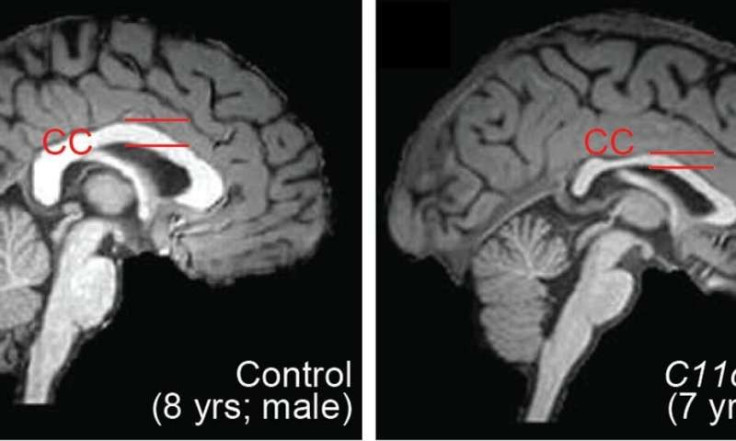Epigenome Editing Can Reverse Gene Mutation, Cure Genetic Brain Disorders: Study

KEY POINTS
- Researchers reversed WAGR genetic syndrome in mice brain
- They used epigenome editing and didn't change actual genetic code
- Future therapies may help reshape neural connections in the brain
Researchers at the John Hopkins University School of Medicine have developed a targeting gene epigenome editing approach that can reverse WAGR (Wilms Tumour- Aniridia) syndrome that causes intellectual disability (mental retardation) and obesity in people. It occurs mostly in children and can also cause tumors in kidneys and aniridia – an absence of iris in the eye.
The technique, which is in its early stages, is unique because it changes the epigenome which regulates the gene, but doesn’t change the actual genetic code.
"Although this work is early, these findings suggest that we may be able to develop future epigenome editing therapies that could help reshape the neural connections in the brain, and perhaps prevent developmental disorders of the brain from occurring," Atsushi Kamiya, M.D., Ph.D., Associate Professor of psychiatry and behavioral sciences at the Johns Hopkins University School of Medicine stated in the study, which was published in the Nature journal with the title 'In vivo epigenetic editing of Sema6a promoter reverses transcallosal dysconnectivity caused by C11orf46/Arl14ep risk gene.'
The gene targeted in the study, which was done using mice brain - C11orf46 is a regulator for brain development. It turns on an off direction sensing protein Semaphorin 6a that helps guide long fibers growing out of newly formed neurons. These neurons are responsible for sending electrical messages and form a bundle connecting the two hemispheres of the brain.
If it is not properly formed, a phenomenon known as Corpus Callosum leads to autism and brain development disorders.
The researchers used a modified CRISPR genome editing system to edit a regulatory portion of the genome responsible for Semaphorin. The editing process allowed the researchers to bind and turn down the gene in mice brains. The process allowed the researchers to bundle the neuron fiber, which in turn restored normal brain functioning in the mice.
© Copyright IBTimes 2024. All rights reserved.





















